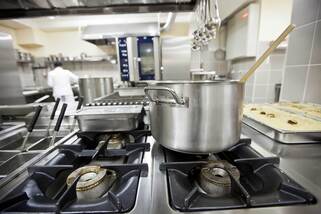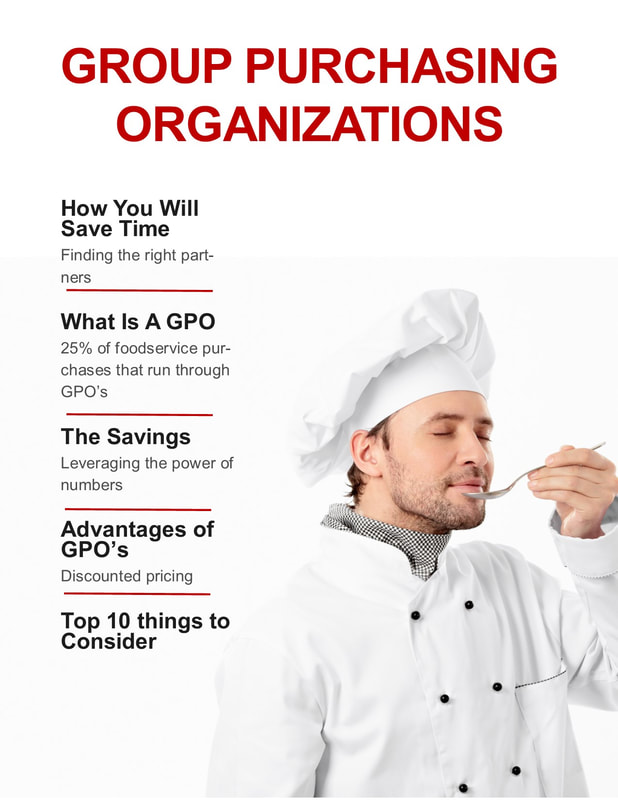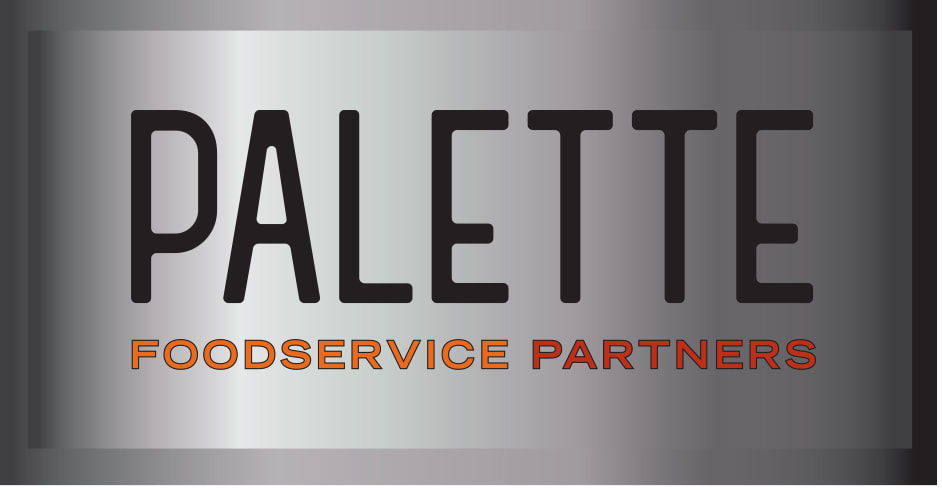 So much can feel out of control right now with regard to the supplies you need to run your business. One supply (among many) that has been climbing in price and scarcity in recent months is natural gas. In September, CNBC reported that prices had climbed 99 percent higher on a year-to-date basis due to escalating demand and concerns around supply. But unlike the many other items in short supply right now, natural gas consumption is something you can take active steps to reduce in your business without a significant downside. If you experience an especially cold winter or simply broad fluctuations in the traffic coming to you, being more efficient with your natural gas usage in cooking, washing and heating could generate significant savings. The Rail suggests that when cooking, aim to avoid overusing appliances – so limit the time you spend preheating, avoid using a larger oven when a smaller one will do, precook foods in a steamer prior to frying, limit use of the range top and schedule your cooking to ensure you are making most efficient use of ovens and cooktops. When washing, wait to use your dishwasher until it is full, turn off water heaters when the restaurant is closed, and ensure that water tanks and pipes are well insulated. When heating, use smart thermostats and set them to align with the business schedule and occupancy. Finally, keeping appliances maintained, clean, and free of buildup – whether grease, limescale or dust – can help ensure you’re not overusing energy.  As the supply chain is being impacted by factors including labor shortages, extreme weather, gaps in the availability of raw ingredients, and a spike in demand from consumers returning to foodservice outlets, businesses at every link in the supply chain are feeling the stress. At a time when some foodservice operators have been completely dropped by their distributor(s), the strength of your partnerships is paramount. At the time of this writing, the average fill-rate from manufacturers to distributors was running below 85 percent. But the service level for Premier Value 4 members is considerably higher than this average. That is due to the work our distribution partner, US Foods, is doing to rebalance inventory to provide our members with the best possible service. In recent quarterly earnings releases, US Foods and Sysco disclosed their food cost inflation rates: 8.2 percent and 10.2 percent, respectively. To keep this in context, a normal food cost inflation would be in the 2-3 percent range. Value 4 members have protection against this inflation with contracted manufacturer agreements (CMA). CMA’s give access to 350 vendors covering 105,000 products. Over the past 15 years, inflation on CMA products has been half of the inflation of non-CMA products. Our CMA contracts are firmly in place and while we will not know if that 50 percent “savings” rate is less or more until the current hyper-inflationary period has settled, we are confident that using CMA products is your best protection against inflation – and will offer extra security until we return to conditions that feel closer to normal. If you do not have these protections from your suppliers and partners, consider calling Value 4 to see if you qualify for our programs.  While surviving the pandemic was one challenge for the restaurant industry, coming out of it is another: Stress on the food supply could make it more likely that restaurants will offer promotions of foods that end up being inadequate in supply, inflated in price, or unavailable altogether. Strains on labor are contributing to the challenges in food distribution as well. As Mark Allen, chief executive of the International Foodservice Distributors Association, told the Wall Street Journal recently, “Over the last six weeks, we have seen the market come roaring back faster than anybody would have anticipated. The start-up has been, in many ways, as difficult as the shutdown…Everybody is trying to turn it on immediately and the capacity might not be there.” However, having a multi-tiered back-up plan can help you manage when you’re caught short on key supplies. As you consider your menu in the coming months, lean on the systems you have on hand to track pricing fluctuations and supply. If you have a dish you want to keep intact with no substitutions, you should be aware of multiple routes you might take to recreate it using different suppliers in case there is a food supply or safety problem in a particular country or region. If you’re open to changing up a dish with substitutions, identify first- and second-runner-up ingredients and brands that could help you recreate the dish if your first-choice options suddenly became scarce. |
Subscribe to our newsletterArchives
April 2024
Categories
All
|




 RSS Feed
RSS Feed